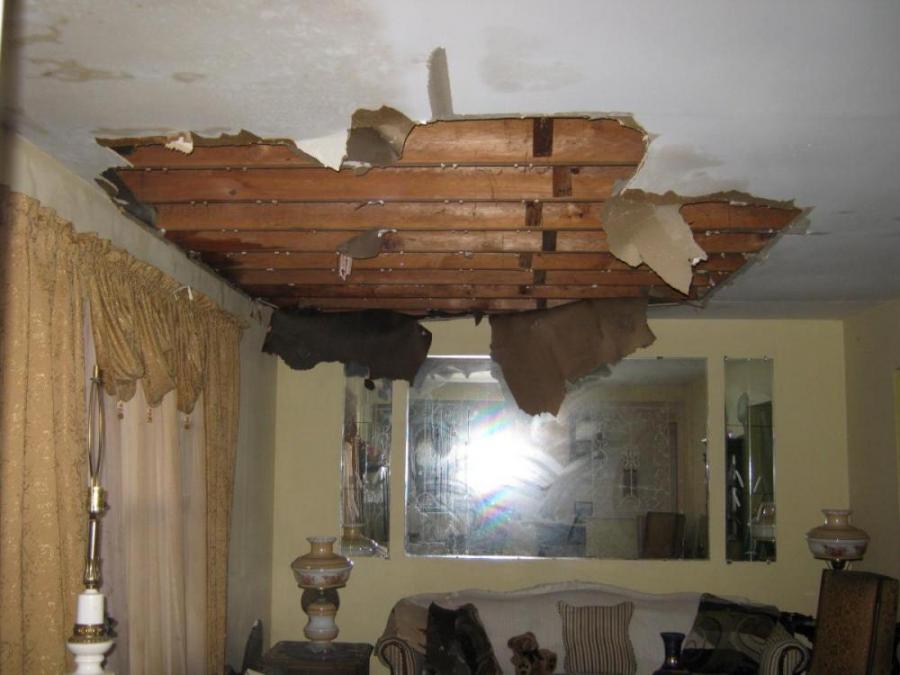Do's & Don'ts of Water Damages.
Do's & Don'ts of Water Damages.
Blog Article
Just how do you actually feel when it comes to Reducing Your Risk Of Water And Fire Damage At Home?

Though water offers life, water invasion on parts where it's not expected to be can result in damage. If the water soaks into your structure, it can peel away surface areas and also deteriorate the structure. Mold and mildew and also mildew also thrive in a damp environment, which can be harmful for your health and wellness. Residences with water damages scent stuffy and also old.
Water can come from several resources such as tropical storms, floods, burst pipes, leaks, and sewage system concerns. In case you experience water damages, it would certainly be great to understand some safety and security preventative measures. Here are a few guidelines on exactly how to take care of water damages.
Do Prioritize Home Insurance Coverage
Water damages from flooding because of heavy winds is seasonal. You can also experience an abrupt flood when a faulty pipeline unexpectedly ruptures right into your residence. It would be best to have home insurance policy that covers both acts of God such as natural tragedies, as well as emergencies like busted plumbing.
Don't Fail To Remember to Shut Off Energies
This cuts off power to your entire residence, avoiding electric shocks when water comes in as it is a conductor. Do not forget to turn off the primary water line shutoff.
Do Stay Proactive and Heed Weather Notifies
Tornado floods can be very unforeseeable. Remain proactive as well as ready if there is a background of flooding in your neighborhood. If you live near a lake, river, or creek , pay attention to discharge warnings. Secure prized possessions from the first stage and cellar, then put them on the highest possible level. Doing so minimizes potential building damages.
Don't Neglect the Roof
You can prevent rainfall damage if there are no openings as well as leaks in your roofing. This will protect against water from streaming down your walls and also soaking your ceiling.
Do Take Notice Of Little Leakages
A ruptured pipeline does not take place overnight. You may see bubbling paint, peeling off wallpaper, water streaks, water stains, or leaking audios behind the walls. Have your plumbing repaired before it results in large damages.
Do Not Panic in Case of a Ruptured Pipeline
Keeping your presence of mind is important in a time of situation. Worrying will just compound the problem because it will stifle you from acting quick. When it pertains to water damages, timing is vital. The longer you wait, the even more damages you can anticipate. Hence, if a pipeline bursts in your residence, promptly shut off your primary water shutoff to remove the source. Then unplug all electric outlets in the location or turn off the breaker for that part of your house. Ultimately, call a trusted water damage remediation specialist for assistance.
Water provides life, water breach on components where it's not expected to be can result in damages. Houses with water damage scent old and also mildewy.
Water damages from flood charges to heavy winds is seasonal. You may observe gurgling paint, peeling off wallpaper, water streaks, water discolorations, or dripping audios behind the wall surfaces. When it comes to water damage, timing is vital.
Some Do's & Don't When Dealing with a Water Damage
DO:
Make sure the water source has been eliminated. Contact a plumber if needed. Turn off circuit breakers supplying electricity to wet areas and unplug any electronics that are on wet carpet or surfaces Remove small furniture items Remove as much excess water as possible by mopping or blotting; Use WHITE towels to blot wet carpeting Wipe water from wooden furniture after removing anything on it Remove and prop up wet upholstery cushions for even drying (check for any bleeding) Pin up curtains or furniture skirts if needed Place aluminum foil, saucers or wood blocks between furniture legs and wet carpet Turn on air conditioning for maximum drying in winter and open windows in the summer Open any drawers and cabinets affected for complete drying but do not force them open Remove any valuable art objects or paintings to a safe, dry place Open any suitcases or luggage that may have been affected to dry, preferably in sunlight Hang any fur or leather goods to dry at room temperature Punch small holes in sagging ceilings to relieve trapped water (don't forget to place pans beneath!); however, if the ceiling is sagging extremely low, stay out of the room and we'll take care of it DO NOT:
Leave wet fabrics in place; dry them as soon as possible Leave books, magazines or any other colored items on wet carpets or floor Use your household vacuum to remove water Use TV's or other electronics/appliances while standing on wet carpets or floors; especially not on wet concrete floors Turn on ceiling fixtures if the ceiling is wet Turn your heat up, unless instructed otherwise

Do you like reading about 5 Home Safety Tips To Reduce The Risk Of Fire And Water Damage? Make a remark directly below. We'd be glad to see your insights about this page. We are looking forward that you come back again later on. Do you know about another person who is in the market for Reducing Your Risk Of Water And Fire Damage At Home? Take a moment to promote it. Thank you for your time spent reading it.
Report this page